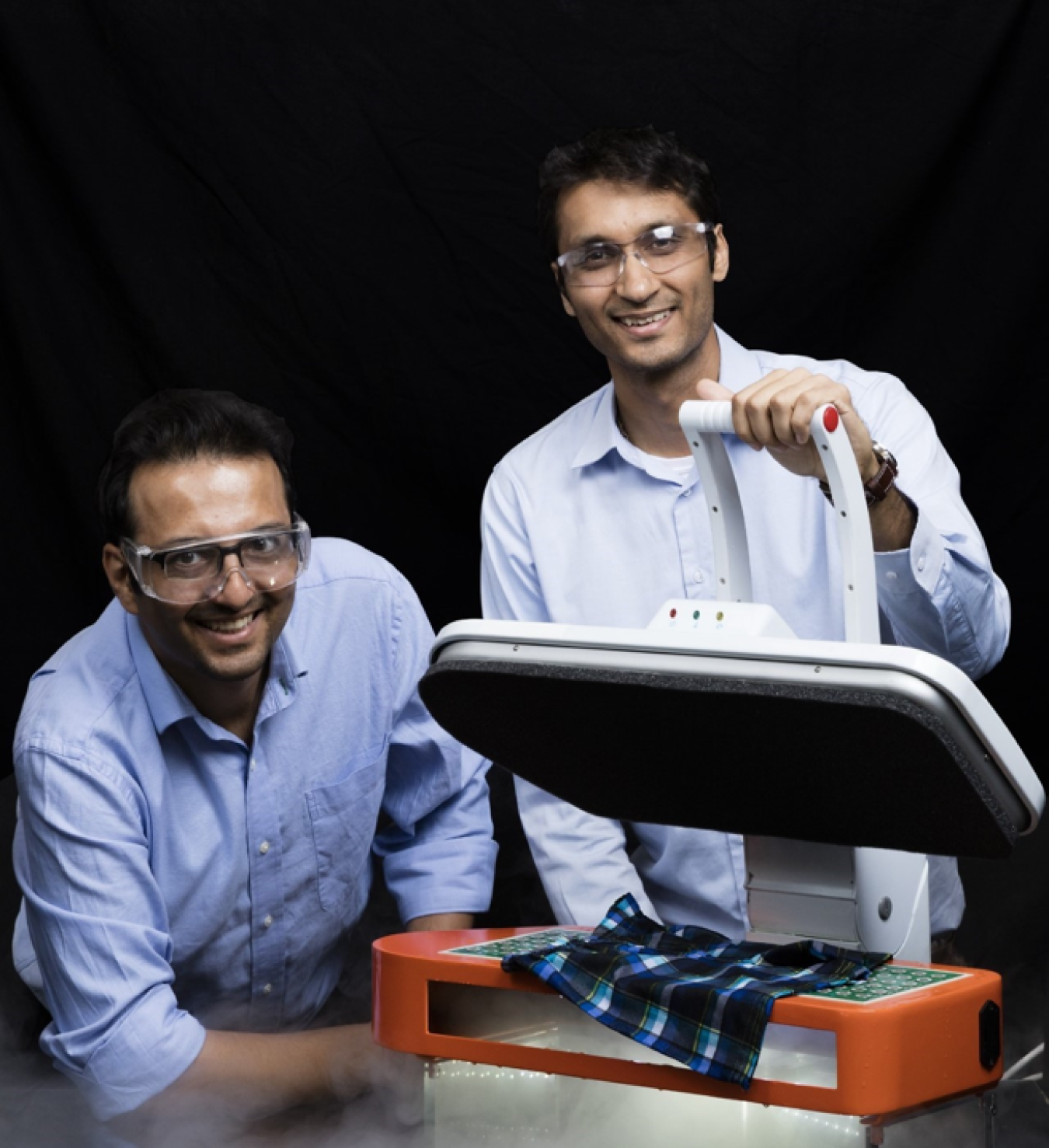After participating in Energy I-Corps Cohort 10, the UTS team was able to refine its technology and overarching approach, ultimately launching a startup company.
Office of Technology Transitions
September 23, 2024Energy I-Corps team Ultrasonic Technology Solutions (UTS) from Oak Ridge National Laboratory (ORNL), funded by the DOE Office of Technology Transitions (OTT), focused on developing a more efficient and less energy-intensive solution to dry materials en masse. The OTT Energy I-Corps program offers an intensive, 2-month commercialization training to National Laboratory teams to set their clean energy technology up for a successful market launch. After participating in Energy I-Corps Cohort 10, the UTS team was able to refine its technology and overarching approach, ultimately launching a startup company. Their groundbreaking work has sparked several impactful partnerships including with NASA, where UTS is now working on projects to develop space-efficient solutions for the International Space Station (ISS).
“As soon as we graduated [from Energy I-Corps], we launched our startup company,” said UTS Founder and CEO Ayyoub Momen. “Energy I-Corps helped us correct our storytelling. It makes a huge difference when you tell your story the way the customer wants to hear rather than just telling the story that you want.”
In its novel approach, instead of using heat, UTS uses high-frequency vibration of piezoelectric transducers to remove water from a product of focus.
During this process, the water leaves the wet item in the form of cold mist that can be carried out with the airstream or reclaimed within the device.
“Our process is up to five times more efficient and two times faster than the conventional heat-based dryers. Notably, it excels even further with thicker products.”
The inspiration for UTS came to Momen when he observed mammals emerging from bodies of water.
“When animals get out of the water, they shake their body very hard and it just flies off,” he said. “They repel a lot of moisture and that was an ‘ah-ha’ moment for me. We can intensify what we see in nature and use it to make a very energy-intensive process more sustainable.”
About 15% of all energy use in the United States is for drying—everything from clothes, wood pulp for the paper industry, pharmaceuticals, to drywall manufacturing. Typically, thermal energy is used to dry materials, but while at ORNL, Momen came up with direct contact ultrasonic dryer technology. It uses the piezoelectric effect, where certain materials generate an electric charge when stressed, to shake the material very fast at a microscopic level.
“The water from the material is extracted mechanically in the form of a cold mist that can be captured, recycled, or vented out through the process,” Momen said. “We are not using heat or evaporating water. It’s up to five times more efficient and faster than the conventional process.”
Momen and the UTS team joined Energy I-Corps after several proof-of-concept studies at ORNL.
“The program was eye opening for us,” Momen said. “During the customer discovery activities, we focused on the pain points of our customers, which was tremendously informative. We interviewed more than 80 potential customers, and things became much clearer after about 40 or 50.”
During Energy I-Corps, Momen says his team realized they had several assumptions that were not true. Certain factors they thought would be more valuable for customers were not, and they undervalued the speed of drying the materials.

UTS now has several clients with different applications for its technology. It has five major pilot demonstrations, four with large manufacturers and one on a smaller scale. On top of that, UTS has projects with DOE’s Building Technologies Office, the Advanced Research Projects Agency-Energy, and NASA.
One NASA project focuses on developing a combination clothes washer and drying machine for the ISS and space applications. Astronauts on the station must exercise three to four hours each day in order to keep their bone density intact under zero gravity. However, the ISS does not have a laundry machine. The astronauts wear the same T-shirts for five to seven days in a row until it becomes too smelly and then they throw out the clothes and open fresh packages. A large part of the supplies going to the ISS are clothing.
“If someone could develop a washer and dryer that works in space, that can dramatically reduce the payload,” Momen said.
The other project with NASA has to do with human waste. Every time an astronaut goes to the restroom, it costs many thousands of dollars due to unclaimed water. Human waste is 70% water, and UTS demonstrated it can recover more than 90% of the water so that reduces the payload as well.
UTS now has eight people on its payroll and plans on continued growth for the future.
“The journey was not easy, but it is very rewarding,” Momen said. “I do not regret the decision I made to leave a stable job and start a company. DOE has all these great programs for aspiring entrepreneurs, and I highly recommend them to my peers.”

